Please don’t tip the robot
Greetings from Cupertino, California, where the temperature has cooled down to a far more reasonable 101 degrees. It’s a nice change from the 109 degrees we hit here on Tuesday. I’m out here this week for the big Apple event. There was no robotics news to speak of, but that’s why we’re coming to you a day late with Actuator. I’ll try not to make a habit of it.
We’ve got an interesting selection of robotics news this week. It’s a testament, really, to how broad this field has become in recent decades. But first, let’s start with a couple of familiar companies. I wanted to call out this bit from Kirsten’s recent piece about Uber deploying Nuro’s autonomous sidewalk for Eats' food deliveries:
Uber Eats customers will be charged the same for delivery, regardless of if it’s a Nuro bot or a human gig worker. However, there may be some cost savings as Nuro bots can’t accept tips. Customers won’t know at the time of their order whether they’re getting their own delivery or whether it’s a typical courier delivery. If the Eats customer pre-selects the tip option and Nuro makes the delivery, that tip will be refunded.
I’m highlighting this for two reasons:
It’s just objectively funny, refunding an accidental robot tip.
It’s an important reminder of all the unexpected knock-on consequences of implementing new technologies.
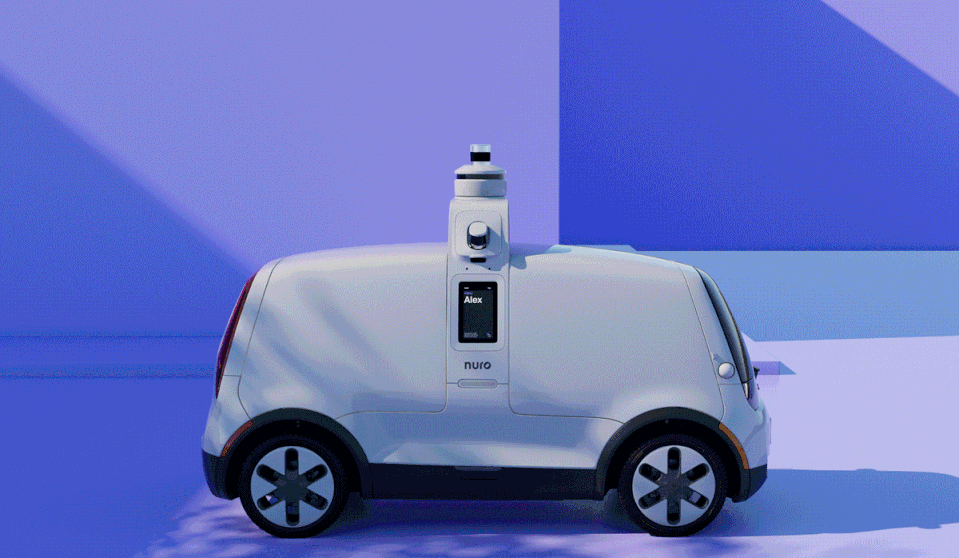
Image Credits: Nuro
It’s a good opportunity to put yourself in the position of an Uber Eats customer (a position many of us have no doubt been in more than a few times over the course of the last 2.5 years). Picture this scenario: You put in an order for one of those massive mission-style burritos from your favorite neighborhood taqueria. As you wait for that massively dense cylinder of guacamole and beans, consider this: Who would you rather see at the door? A robot or a human being?
No judgment. There are a lot of things to consider. First and foremost is the novelty factor. This is something I discuss a lot with people who make food robots like Flippy. There’s a tangible bit of excitement there, seeing your pizza or hamburger being made by a robot for the first time. Of course, such things wear off fairly quickly and suddenly the product’s worth comes down to its efficacy. I suspect for a lot of people, there’s going to be a genuine bit of excitement the first time one of these little robots pulls up to their door.
Beyond that, do you have a specific preference? Do you want the human touch? Do you want a robot that isn’t a potential disease vector (something that, again, has no doubt been top of mind for many, these last few years)? Do you get a pang of guilt that a gig worker delivers your burrito on a bike in the rain when you’re sitting home cozy and dry? What about the pang of guilt you feel knowing that a robot has replaced a source of income for a human?
Likely you don’t feel especially guilty not tipping the robot the way you would a human (feeling guilt for not tipping people should be on the Turing Test, frankly). And certainly there’s something to be said for saving $5 or $10 bucks on a tip for a $20 order. None of this happens overnight, of course. Even after years of research, development and piloting, there are still plenty of regulatory and other hurdles to navigate — so you’ve got time to figure out all of the above.
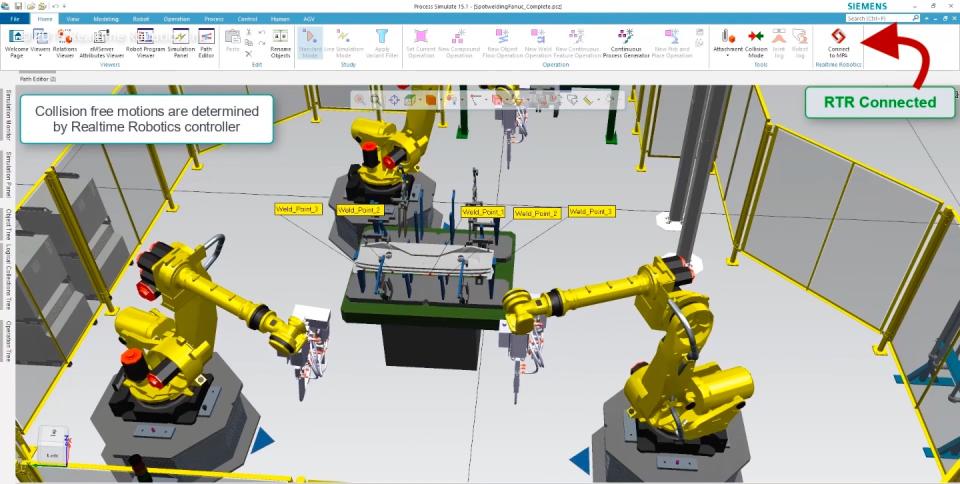
Image Credits: Realtime Robotics
The big funding news of the week is a medium-sized round raised by Realtime Robotics. The $14.4 million round comes 15 months after the Boston-based robotic deployment firm announced a $31 million Series A. Realtime is one of a handful of firms working to solve the issues around industrial robots. Specifically, how can nonroboticists deploy these machines and help avoid some potentially nasty accidents down the road?
“We have seen a tremendous industry response to the launch of RapidPlan and its ability to make collision-free operations a reality for industrial robotics, speeding programming time and increasing throughput,” CEO Peter Howard says in a release. “We’ve recently pivoted away from hardware to pure software, making it even easier for all customers and partners to integrate our revolutionary technology within their existing stack and workflows. This latest round of funding will assist us in scaling to meet demand.”
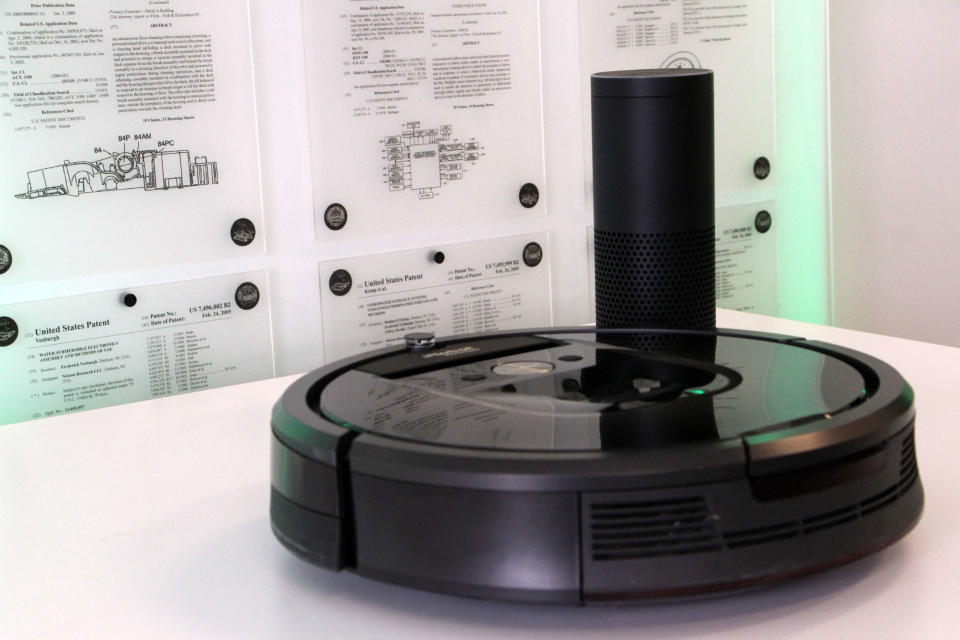
Image Credits: Brian Heater
From the We All Saw This Coming Department comes word that the FTC is investigating Amazon’s planned acquisition of iRobot. The news both excited home robotics enthusiasts and sent up some serious red flags among privacy advocates.
If you’ve been following Amazon for any amount of time, you know the myriad concerns over things like law enforcement use of its Rekognition people-detecting software, as well as Ring security cams. An iRobot acquisition brings such issues to a new level. Specifically, high-end Roomba have sensors designed to map the inside of your home.
Politico notes in the report that “the companies are bracing for a potentially lengthy, arduous investigation, according to two people with knowledge of the probe.” The news comes as the Wall Street Journal reports that the agency is also looking into Amazon’s planned acquisition of One Medical.
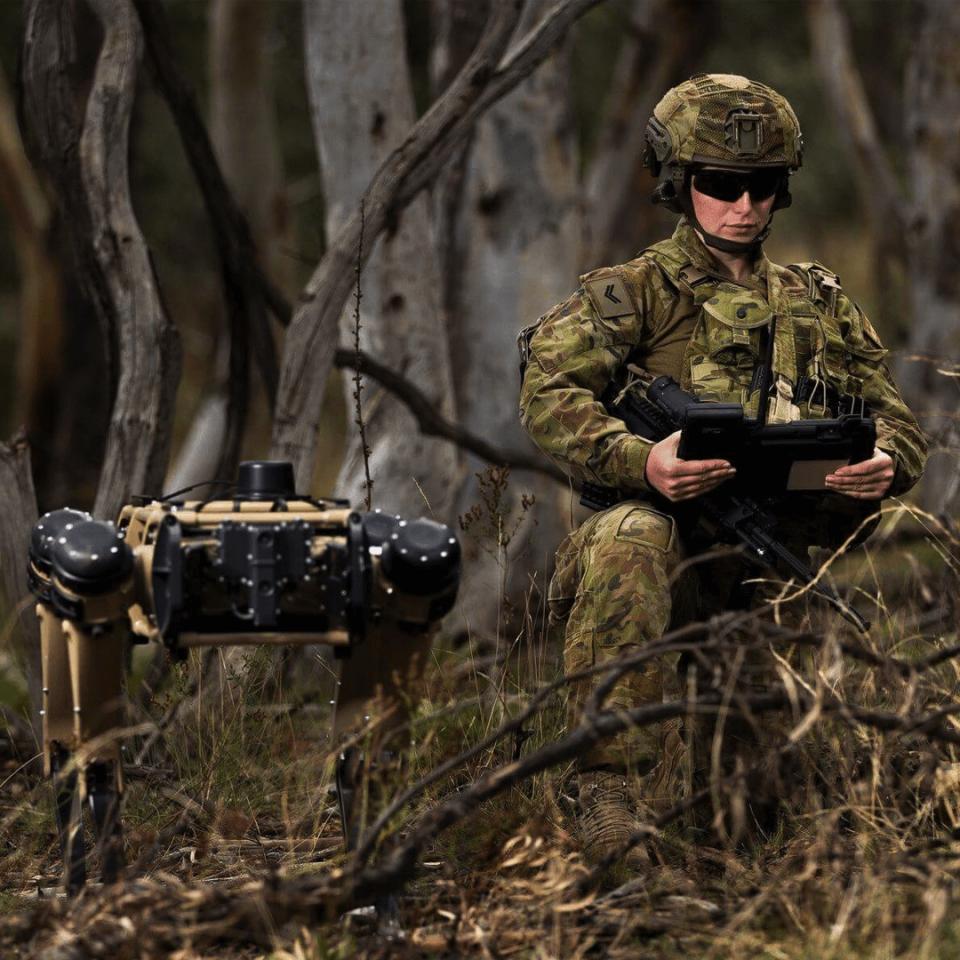
Image Credits: Ghost Robotics
Speaking of governments and robots, the UK Ministry of Defence’s Defence Equipment and Support entity announced that it is testing potential use cases for the Ghost Robotics’ dog within the British Army. The DE&S Future Capability Group (FCG) is also piloting Boston Dynamics' Spot robot, though Ghosts’ systems have raised many more eyebrows of late, due to the firm’s fairly agnostic approach to using the system in conflicts, including the third-party development of an autonomous rifle.
For now, at least, interest largely revolves around sending the robot into dangerous spots to potentially save human lives. Says Dave Swan of the incongruously delightfully named FCG Expeditionary Robotics Centre of Expertise:
In the modern battlespace, robotics are becoming increasingly important in allowing soldiers to operate faster, for longer. The Ghost V60 quadruped offers increased situational awareness for soldiers on the ground. It has the potential to act as the eyes and ears for military personnel on the frontlines — increasing accuracy in identifying and acquiring targets.
This offers many potential use cases for the British Army, from delivering mission-critical supplies, scoping out hazardous areas, or performing combat tasks that are deemed too dangerous for humans. Ultimately, the Ghost V60 quadruped is designed to reduce the risk-to-life and the burden on military personnel.

Image Credits: Getty Images
Here’s an eye-opening story about choosing the “right herd” for robotic milking systems. Marvel at such incredible sentences as, “Good udder conformation. This makes it easy for the robot to attach the milking unit and clean the teats.” It’s, perhaps, an inversion of how we might traditionally think of this system, as the robots conforming to the cows, rather than the other way around.
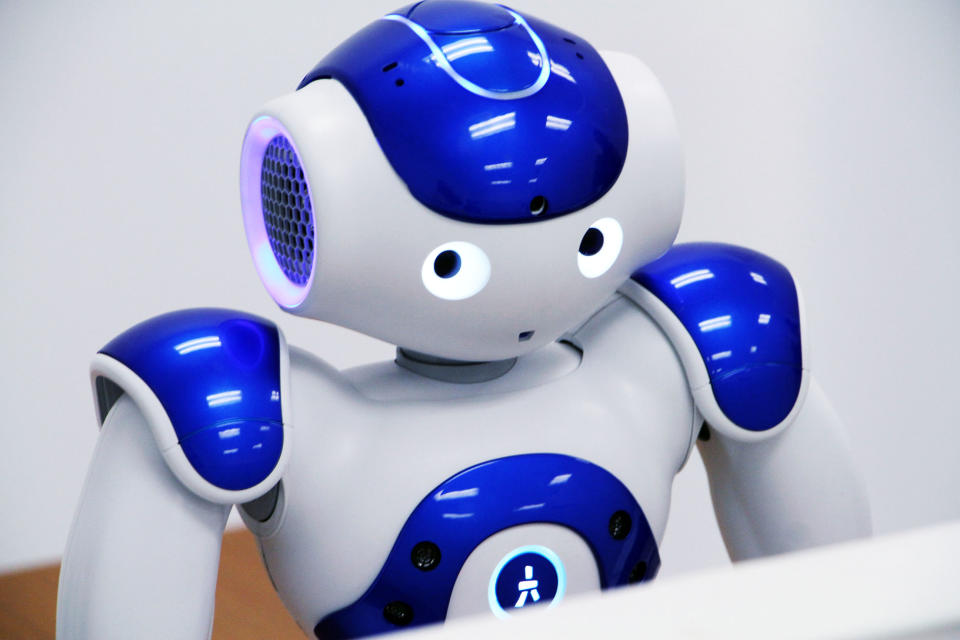
Image Credits: Softbank Robotics
Finally, from the University of Cambridge comes a study aimed at determining how useful Socially Assistive Robots (SARs) can be as part of a therapeutic process for kids. The study, which utilized Softbank's Nao robot, examined children aged 8 to 13 and noted:
Our results show that the robotised evaluation seems to be the most suitable mode in identifying wellbeing related anomalies in children across the three clusters of participants as compared with the self-report and the parent-report modes. Further, children with decreasing levels of wellbeing (lower, medium and higher tertiles) exhibit different response patterns: children of higher tertile are more negative in their responses to the robot while the ones of lower tertile are more positive in their responses to the robot. Findings from this work show that SARs can be a promising tool to potentially evaluate mental wellbeing related concerns in children.

Image Credits: Bryce Durbin/TechCrunch
Stay hydrated and subscribe to Actuator.

